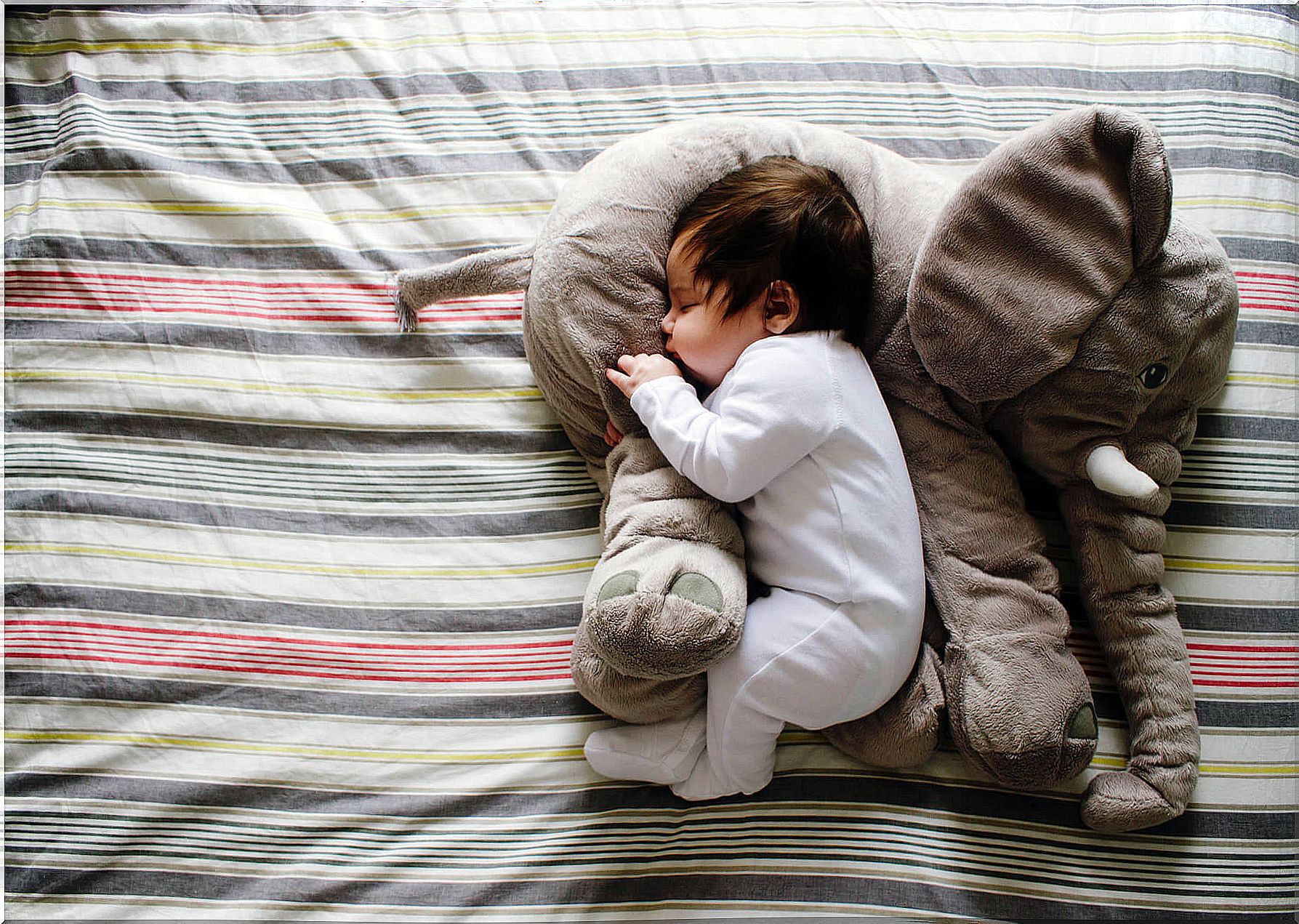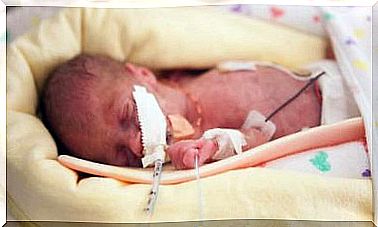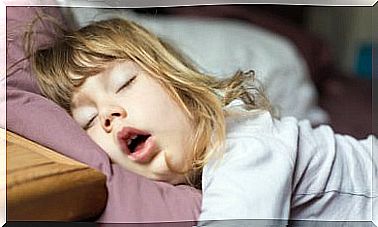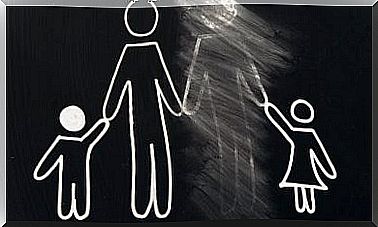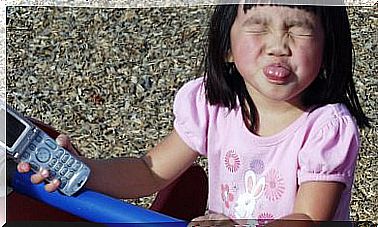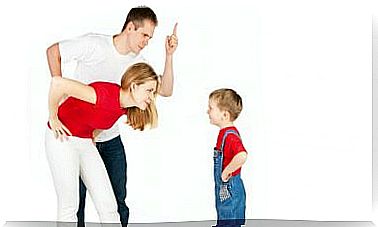How Is Childhood Sleep Different From Adult Sleep?
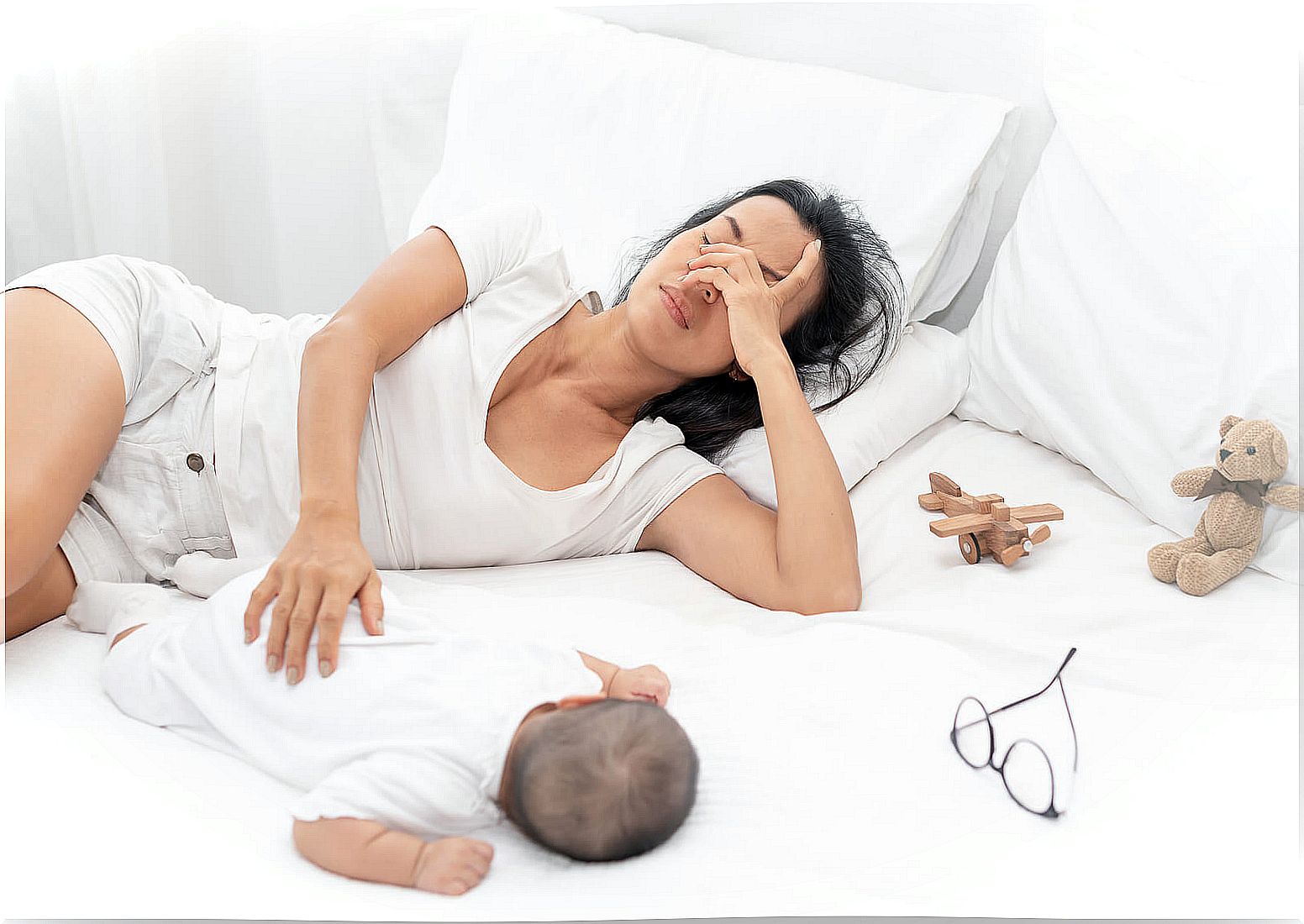
Children’s sleep is one of the main concerns of many parents. In the first place, because this is essential for its correct physical and psychological development. But, also, because if an infant does not rest properly, it is likely that his parents will not either.
Knowing how childhood sleep differs from adult sleep can help us know what to expect at each stage of their growth and, therefore, be better prepared to face those first years of children’s lives.
Anyone who has lived with minors will have been able to see for themselves many of the differences. However, sometimes it is difficult to know when we are facing a natural evolution of sleep and when there really is a problem that needs to be addressed. Thus, in the following lines we share everything you need to know regarding the rest of the little ones.
How is childhood sleep different from adult sleep?
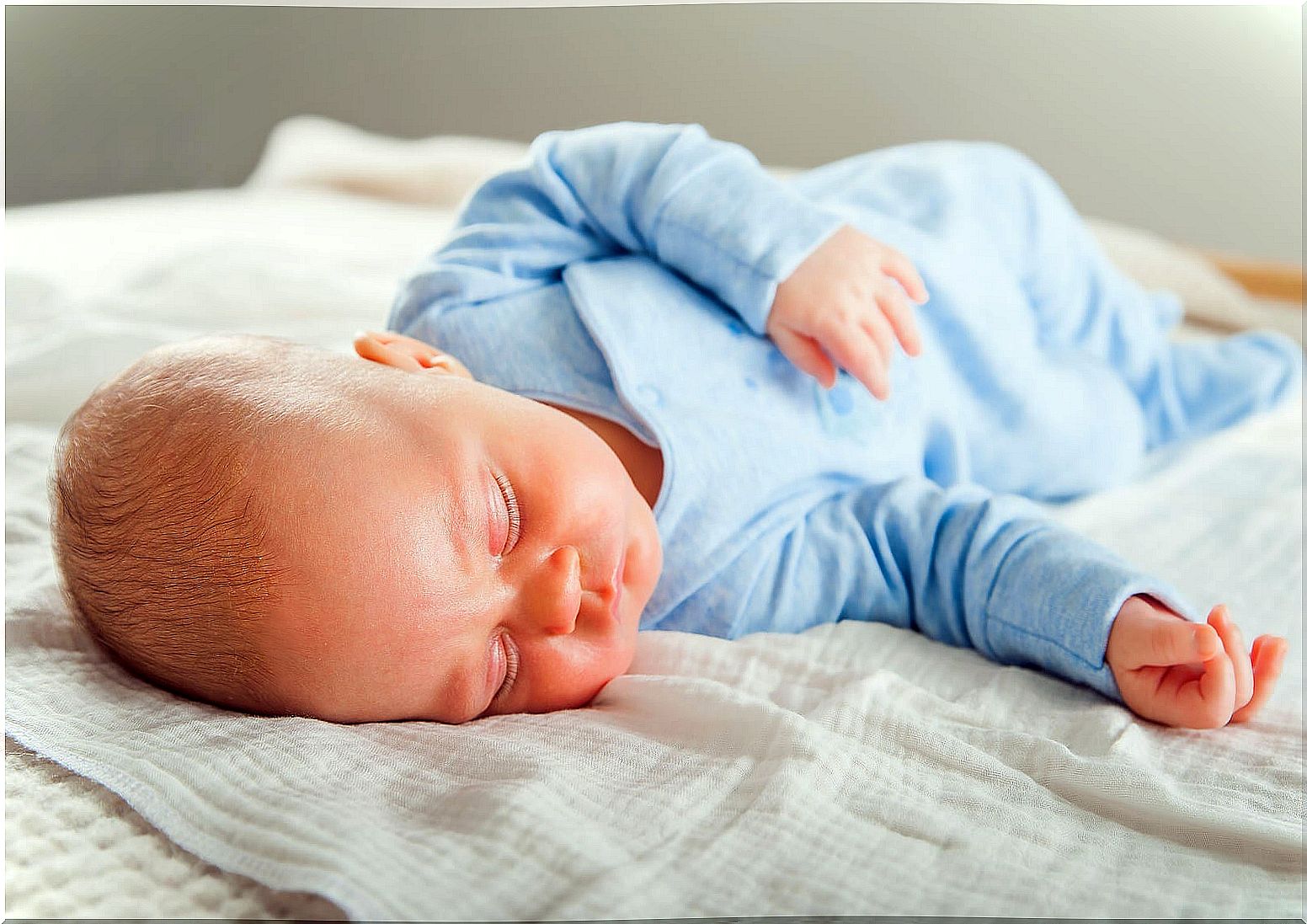
Duration
One of the most obvious differences between childhood sleep and adult sleep is duration. This is especially relevant in newborns since, as the infant grows, the gap narrows. Thus, if adults need to sleep approximately 8 hours a day, a baby requires 17-18 hours of sleep during the first three months of life.
This amount gradually decreases at an approximate rate of 1 hour per trimester, so that at 6 months of age about 15 hours of sleep are sufficient and, per year, 13 hours is usually the average. This progression stabilizes after 2 years, at which time 10-11 hours of rest are usually enough to cover children’s needs.
Distribution
The distribution of sleep is another of the most relevant aspects and that usually causes greater difficulties during the first years of a child’s life. And is that, while adults make a single long period of rest at night, babies usually distribute their sleep in multiple shorter periods.
For example, a newborn sleeps about 18 hours, but never all in a row. Generally, he wakes up every three hours to be fed and cared for.
Babies usually distribute their sleep hours in 6 or 7 periods, spread between day and night. This significantly affects the rest of the adults in their care, because they suffer constant interruptions.
However, as the months go by, babies’ nighttime sleep gets longer and becomes more similar to ours. Thus, for example, 70% of 3-month-old babies already manage to sleep 5 hours at night. And, when they turn 2 years old, most children sleep about 11 hours at night, being enough a nap during the day.
Sleep phases
Another point in which childhood sleep differs from adult sleep is in the phases it goes through. Thus, adults carry out sleep cycles of about 100 minutes in which we go through four phases of NON-REM sleep and one of REM sleep. For their part, babies have cycles of about 50 minutes made up of only two phases: REM sleep and slow sleep. And it is not until 6 months when the rest of the phases begin to be well defined.

In addition, it is striking that the amount of REM sleep in children is much higher than in adults. And this is because in this phase the brain carries out important processes of learning and consolidation of information. Something that children undoubtedly need as they understand how the world around them works.
Understand how childhood sleep differs from adult sleep in order to follow the process
It is also characteristic that children present more parasomnias (sleepwalking, nightmares, night terrors …) than adults. However, as they grow older, their dream becomes more similar to ours. Taking into account all the above information is essential to monitor their sleep evolution, understand what to expect and give them what they need at all times.
In addition, it can be very useful to cope with the first months in which the lack of rest can cause great discomfort. Keep in mind that this stage will pass and that, as your child grows, you will be able to regain the quality of your sleep.
